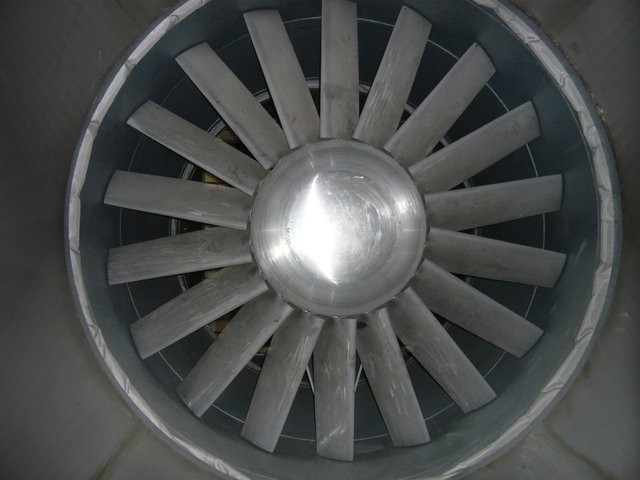VENTILATION SYSTEM REQUIREMENTS
Gas, vapours, mists and dusts released into the atmosphere disperse to a non-flammable concentration more effectively in environments, which experience natural or artificial ventilation. Natural ventilation is produced by natural air movements (e.g. breeze, wind, temperature gradients etc), where artificial ventilation is produced by non-natural manmade air movements (e.g. fans, extractors etc).
In some indoor/internal cases, a function of both natural and artificial ventilation can be combined to improve ventilation characteristics such as the quality and rate of diluent air recirculation entering the volume.
By improving not only the rate of ventilation but also the quality of the ventilation, it is possible to achieve:

- Zone extent reduction and in some cases reduction to Negligible Extents (NE) status.
- Shortening of the hazardous area or hazardous location persistence time.
HACC can help you and your organisation measure and map airflow ventilation onsite, whilst suggest modifications and improvements to your existing natural and artificial ventilation systems. HACC can help you design process areas, operations, building and structures for future builds and projects, which maximise ventilated airflow in potential hazardous areas or locations.
In order to predict airflow, HACC uses tools from 2D hydro-codes to Computational Fluid Dynamics (CFD) to accurately calculate the effects of different ventilated airflow scenarios to maximise ventilation rates, minimise hazardous area zone extents and reduce their persistence times. HACC has also developed its own dust and hybrid (i.e dust and gas) 2D hydro-code for hazardous area extent calculations.
Using more accurate prediction tools usually results in savings for the end client in terms of Capital Expenditure (CAPEX) and Operational Expenditure (OPEX) of Ex-Equipment being purchased installed onsite. Please see HACC’s Case Study for a more information.
